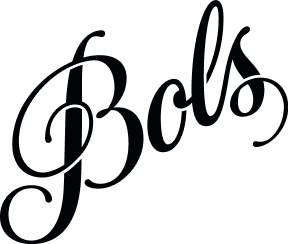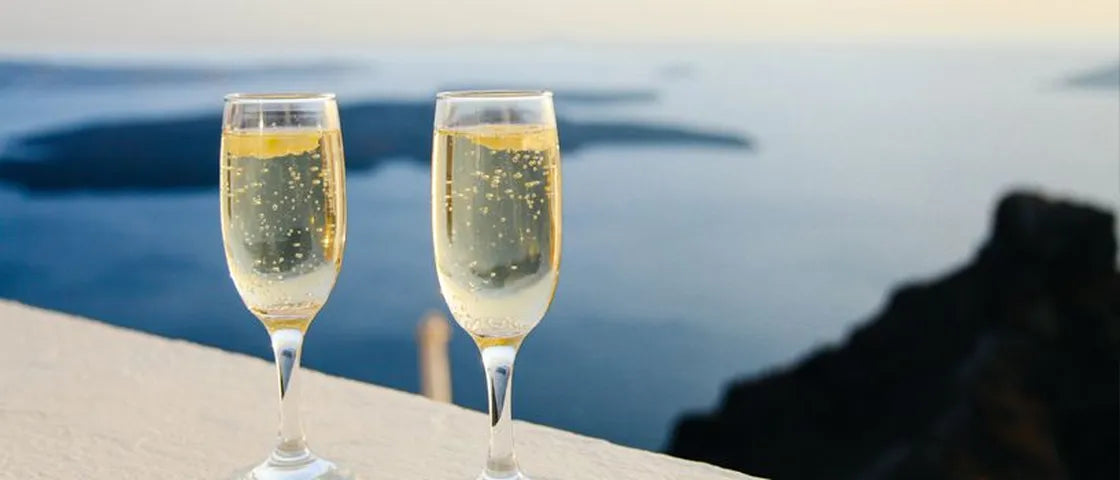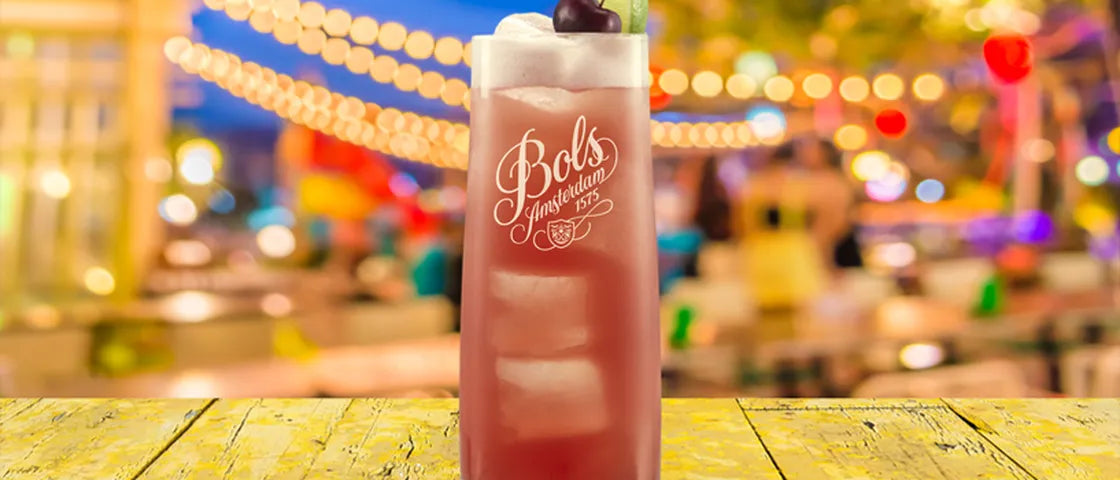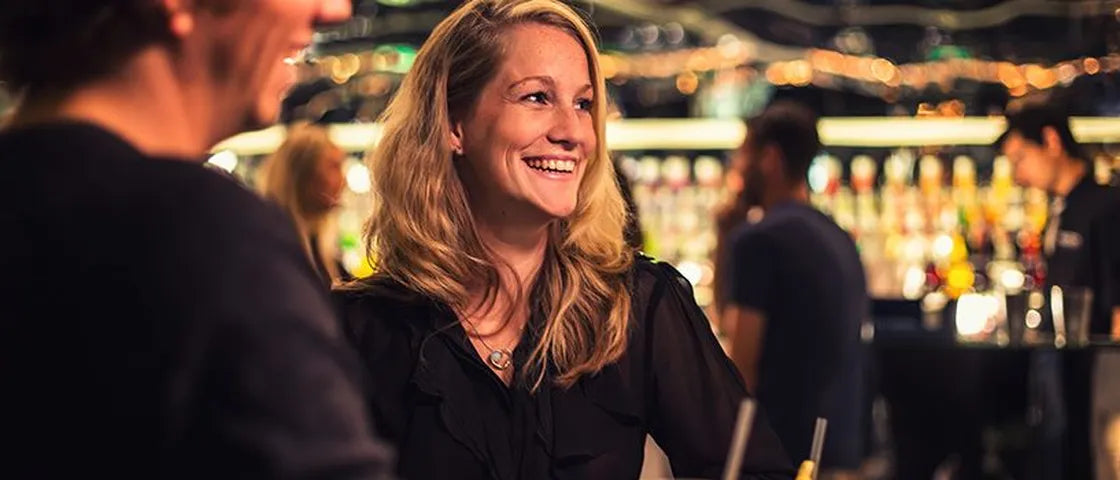-
Legendary, timeless classic cocktail
-
Perfect balance between the strong gin and the delicate champagne
-
Easy to make with only 4 ingredients needed
Classy champagne with a generous shot of strong gin. The French 75 is a legendary, timeless classic cocktail that was once served by the also legendary author Charles Dickens. The power of the gin is lengthened by the bubbly champagne and when you add some fresh lemon juice for a sour and some sugar syrup for a sweet, it's pure heaven. But did you know this divine looking cocktail was inspired by a gun? We'll tell you all about it.
How to make a French 75?
According to fans of the French 75 cocktail, it's the best of both worlds: a gin cocktail and a champagne cocktail all rolled into one. And few will argue with that. Next to the champagne and gin, the fresh lemon juice and sugar syrup bring a nice sweet and sour balance to the French 75. The fresh juice and extra sweetness reinforce and balance the flavors of the herbal, fruity Damrak Gin and the sparkling, delicate champagne. The trick is to ensure that the sugar syrup and lemon juice remain inconspicuous, so the cocktail is sleek and transparent.
French 75 ingredients
50 ml Damrak Gin
5 ml Sugar syrup
10 Lemon juice
100 ml Champagne
French 75 glassware and tools
Champagne flute
Cocktail shaker
Jigger
Strainer
-
Pour the gin, sugar syrup and lemon juice into a cocktail shaker with ice.
-
Shake the cocktail for around 10 seconds and fine strain (sieve) it into a chilled champagne glass.
-
Top up the cocktail with champagne and garnish with lemon zest.
These days, most recipes specify a champagne flute, but the original cocktail was probably served in a highball glass with ice cubes. It's up to you to decide which you prefer!
History of the French 75
The French 75's recorded history takes us back to the 1920s. We know that Harry MacElhone, owner and bartender at Harry's American Bar in Paris, was the one to give the cocktail its name. But MacElhone gives the credit for the recipe to bartender Pat MacGarry at the famous Buck's Club in London. But the Savoy Cocktail Book by Harry Craddock spread the French 75 recipe to the masses in 1930. And its Savoy Cocktail Book is the reason for the worldwide popularity of the French cocktail.
Did you know?
As funny as it may seem for this cute looking cocktail, the inspiration for the French 75 cocktail was a firearm used during the First World War: the 75 mm Howitzer. This gun was known for its speed, firepower and efficiency – a good metaphor for the kick you get from this champagne and gin cocktail.
The 3 best variations of the French 17 recipe
Recipe variation 1 – Give it some age
Gin and champagne are an unexpectedly amazing combination. The floral notes in the gin go wonderfully with the fresh notes of grape in the champagne. If you want to emphasise the full-flavoured nature of the champagne, replace the gin with Bols Barrel Aged Genever. You retain the herbal notes of the Bols Genever but add the extra notes of the French oak barrel aging.
Recipe variation 2 – Change the sugar
The French 75 cocktail loses its charm if you remove the sugar. Because in order to have the right balance, the cocktail needs some sweetness. However, we can send the French 75 in an entirely new direction by replacing the sugar with a liqueur. The addition of Bols Elderflower makes for a delicious French 75 cocktail. Fans of the Hugo cocktail will embrace this idea. It's basically a slightly more mature version of the Hugo cocktail. Orange is another nice flavour to add to the French 75. If you want to add orange notes and also give the French 75 a funky blue colour, replace the sugar syrup with Bols Blue Curaçao.
Recipe variation 3 – Make it juicy
If you think we're about to suggest replacing the champagne with a different sparkling wine, you've got it all wrong. There would be no better way to insult a Frenchman than to suggest you replace the champagne in the French 75 with prosecco. However, the lemon juice in the French 75 is a fair game. Personally, I think a French 75 with lime juice is actually more delicious than the lemon juice version. It gives the cocktail a slightly different nuance. It may seem like a subtle change, but you'll certainly notice the difference in your glass.



